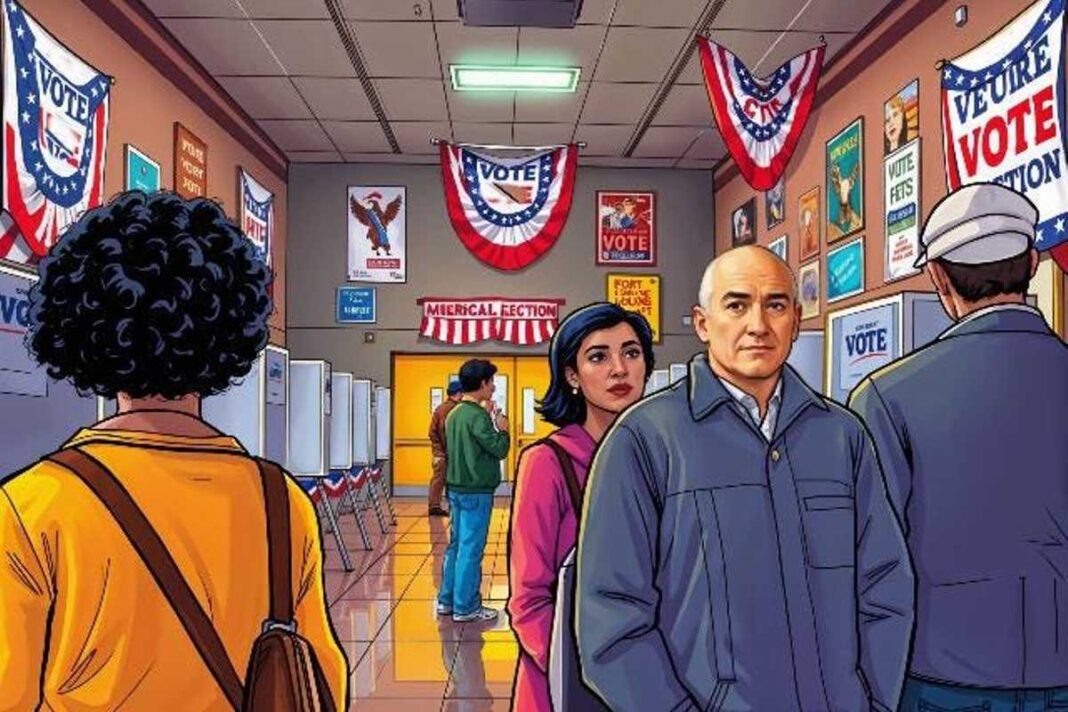Early voting runs from Oct. 19 to Nov. 1 in the swing state, which Trump hopes to turn red for the first time since 2004.
When Nevada’s early voting period kicks off on Oct. 19, both parties will aggressively seek to secure their base votes, but the biggest prize in the smallest of the nation’s seven battleground states will be getting nonpartisan voters to the polls.
At stake in the triple-tier battleground state are Nevada’s six electoral college votes and U.S. Senate and House races that could determine which party controls Congress in January 2025.
The focus will be on Clark County, which includes Las Vegas, North Las Vegas, and Henderson, where about 70 percent of the state’s 3.2 million residents live and three of its four congressional districts are located.
As of Oct. 1, the Nevada Secretary of State Office reports nearly 1.73 million of Clark County’s 2.34 million residents are registered to vote. There are fewer than 700,000 registered voters elsewhere statewide, with more than half in Washoe County, where Reno is.
Democrats have an advantage of nearly 140,000 registered voters over Republicans in Clark County, but they are outnumbered by 90,000 registered GOP voters outside the Las Vegas area.
The biggest bloc of voters in Clark County and statewide, however, is nonpartisan.
More than 825,000 Nevadans—including 620,000 in Clark County—are registered to vote but not as a member of any party.
Add more than 180,000 third-party voters to the nonpartisan bloc, and more than 1 million of Nevada’s 2.4 million registered voters—and more than 950,000 of Clark County’s 1.73 million registered voters—are potentially up for grabs.
Galvanizing turnout for the Oct. 19 to Nov. 1 early in-person voting period and encouraging voters to cast mail-in ballots—all Nevada registered voters will receive their ballots by mail from Oct. 16–22—are key strategies for winning any race in a state where less than 15 percent of voters typically cast their ballots on Election Day.
By John Haughey








